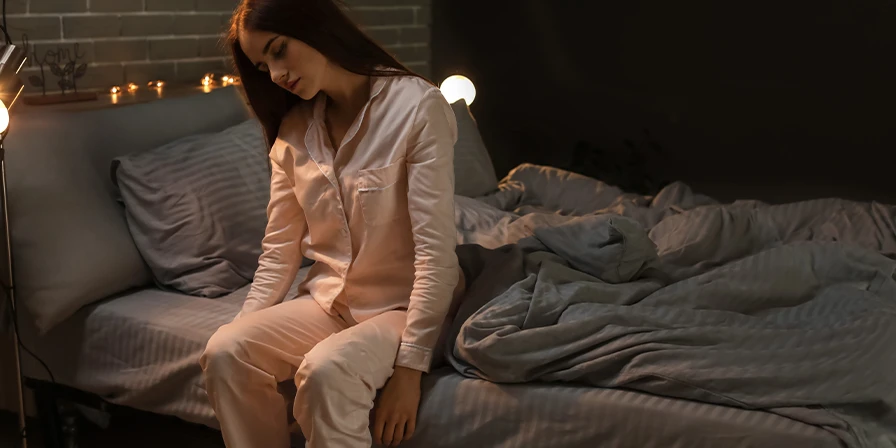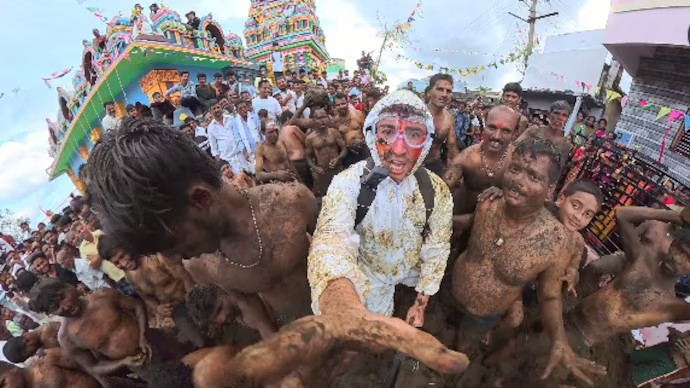Now Reading: Sleepwalking Myths: Separating Fact from Fiction
-
01
Sleepwalking Myths: Separating Fact from Fiction
Sleepwalking Myths: Separating Fact from Fiction

Sleepwalking is often portrayed in movies and stories as a dramatic or dangerous phenomenon, but many misconceptions surround it. In India, including Tier-2 cities, people may misunderstand the causes, risks, and behaviors associated with sleepwalking. Understanding the facts behind this sleep disorder can help reduce fear, encourage proper management, and promote safer sleeping environments for individuals and families.
What Sleepwalking Really Is
Sleepwalking, or somnambulism, occurs during deep sleep stages when the brain is partially awake but the body moves automatically. People may walk, perform routine tasks, or speak without awareness. Contrary to popular belief, sleepwalkers are not conscious, and they often do not remember these episodes.
Common Myths
Many myths exaggerate sleepwalking as violent or supernatural. People are often portrayed as dangerous to themselves or others, but serious incidents are rare. Another misconception is that it is linked to mental illness; while stress and sleep deprivation can trigger episodes, sleepwalking is primarily a neurological condition.
Triggers and Risk Factors
Sleepwalking can be triggered by lack of sleep, irregular schedules, fever, alcohol, or certain medications. Children are more prone to sleepwalking, while adults may experience it under stress or disrupted sleep patterns. Recognizing these triggers helps families manage the condition safely.
Safety Measures
Creating a safe sleep environment is important. Remove obstacles, lock doors and windows, and avoid waking the sleepwalker abruptly, as this may cause confusion. Ensuring consistent sleep routines and managing stress reduces the frequency of episodes.
Conclusion
Sleepwalking is often misunderstood due to myths and exaggeration. By separating fact from fiction and adopting simple safety measures, individuals and families in Tier-2 cities can manage this condition effectively, ensuring both safety and peace of mind.

























